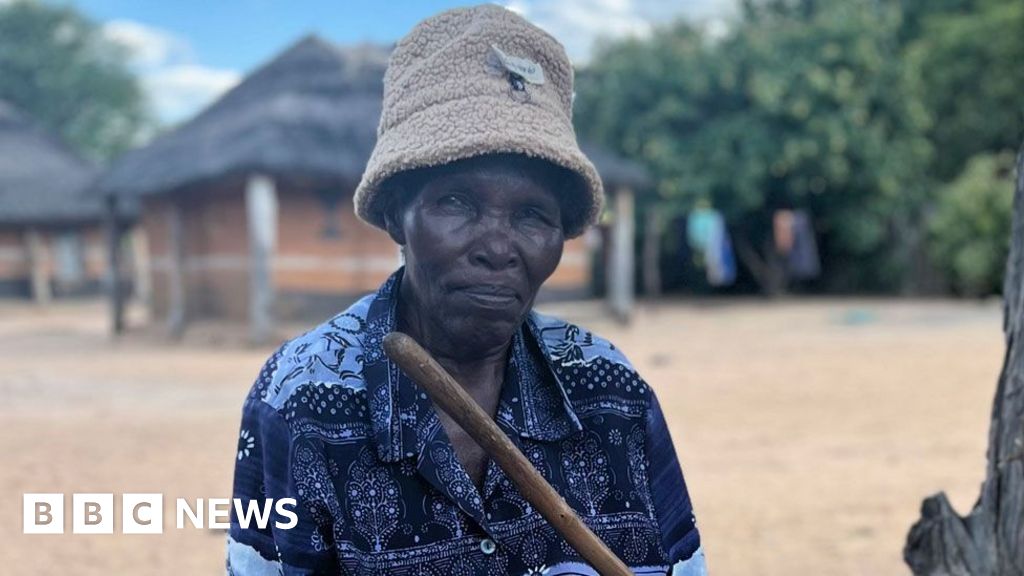32 minutes ago
By Shingai Nyoka, BBC News, Tsholotsho
Thabani Dhlamini, a farmer from south-western Zimbabwe, was only 10 years old when he witnessed a massacre in his village that left a lasting impact on him. The area around his home is dotted with numerous mass graves, each telling a tragic story of lives lost during the ethnic killings that took place between 1983 and 1987.
One of the mass graves, near a primary school in Salankomo village, holds the remains of teachers who were killed and dumped there in the 1980s. Close to Thabani Dhlamini’s house, two graves contain the bodies of 22 relatives and neighbors who were all killed by Zimbabwe’s military under the command of former leader Robert Mugabe.
These atrocities were part of the conflict between Mugabe and his rival Joshua Nkomo, which led to widespread violence and bloodshed. The operation known as Gukurahundi, launched by Mugabe’s government, targeted members of the Ndebele ethnic group in Matabeleland and Midlands provinces, resulting in tens of thousands of deaths.
Decades later, survivors like Thabani Dhlamini are still haunted by the memories of those dark days. Now, a new government initiative called the Gukurahundi Community Engagement Programme aims to address the past and provide a platform for survivors to share their stories and seek closure.
However, many remain skeptical about the government’s intentions and whether this initiative will truly bring healing and justice to the victims and their families. The wounds of the past are still raw for many, and the road to reconciliation and forgiveness is a long and challenging one for the people of Matabeleland.
As the truth about the atrocities of the past slowly comes to light, the hope for a better future and a united Zimbabwe remains a distant but essential goal for all those affected by the scars of Gukurahundi.

